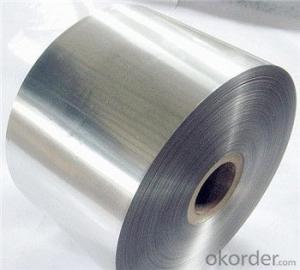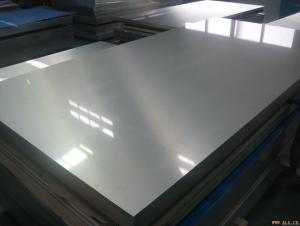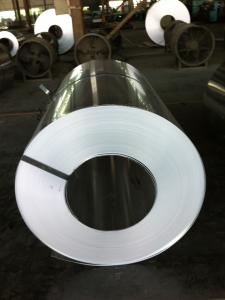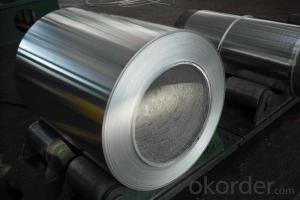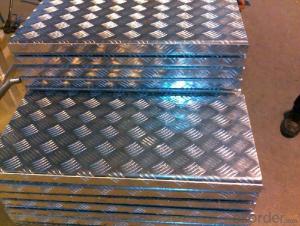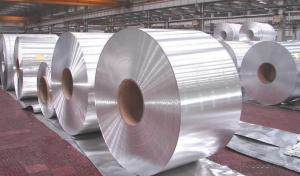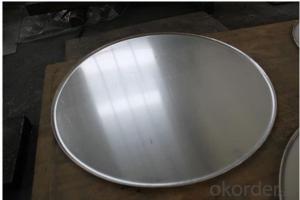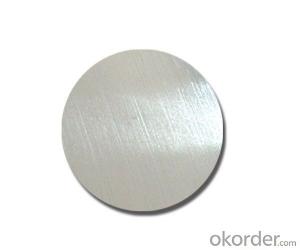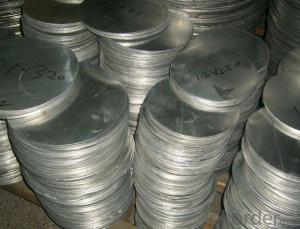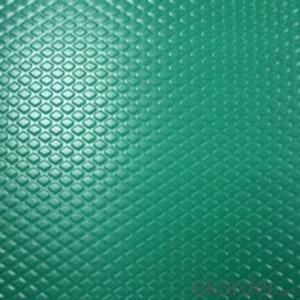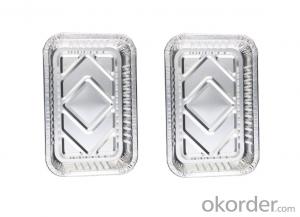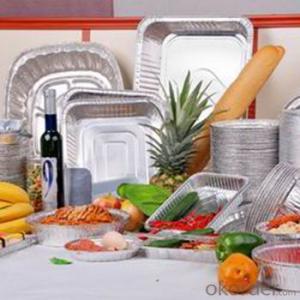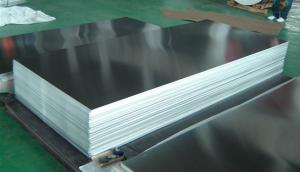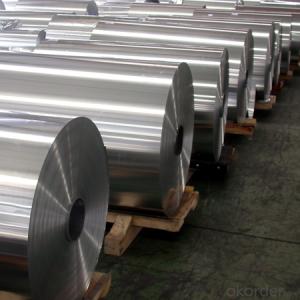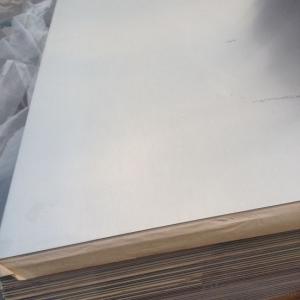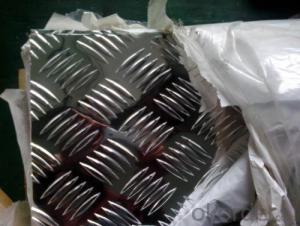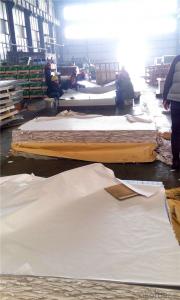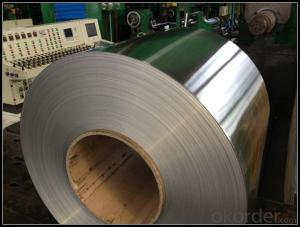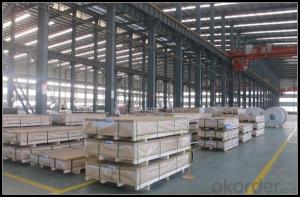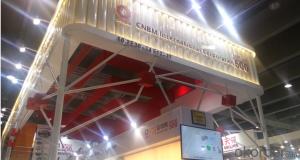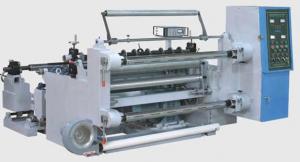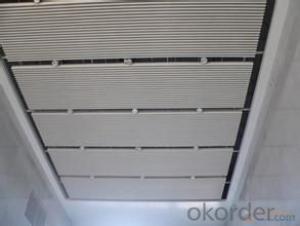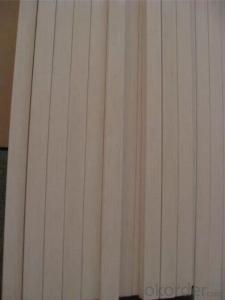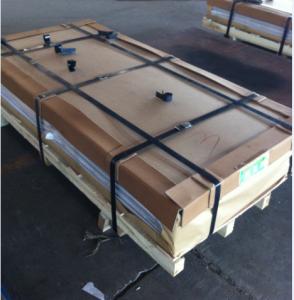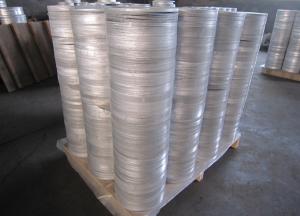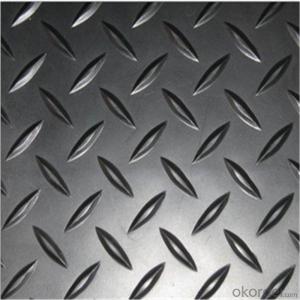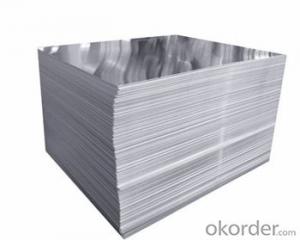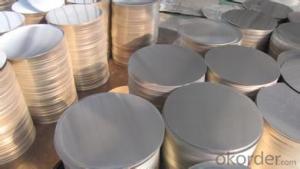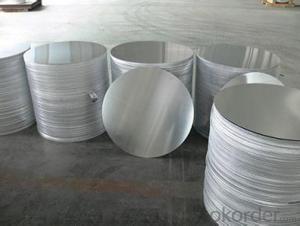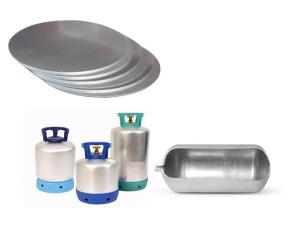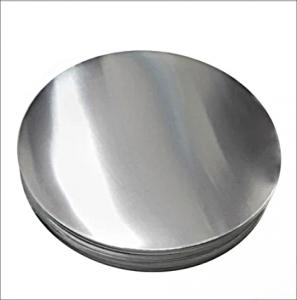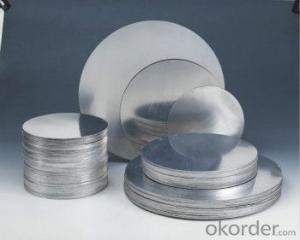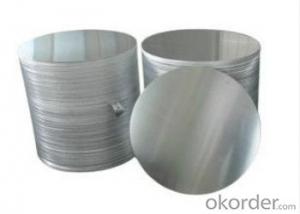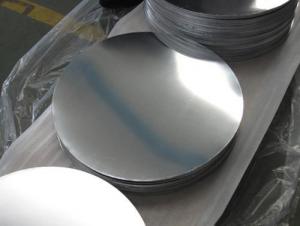1100 Aluminum Plate
1100 Aluminum Plate Related Searches
Aluminum 1100 Plate 1100 Series Aluminum Plate 1100 Aluminum Plate Suppliers 2011 Aluminum Plate 11 Gauge Aluminum Plate 1100 Aluminum Foil 1100 Aluminum Bar Stock 1050 Aluminum Plate 1 Aluminum Plate 1100 Aluminum Coil 1060 Aluminum Plate 1 4 Aluminum Plate 1 Inch Aluminum Plate Aluminum Coil 1100 12mm Aluminum Plate 1 Thick Aluminum Plate 1 Inch Thick Aluminum Plate 10mm Aluminum Plate 1.5 Aluminum Plate Aluminum Metal Plate 1 2 Aluminum Plate Aluminum Round Plate Aluminum Cooking Plate Black Aluminum Plate Aluminum Square Plate 125 Aluminum Plate Aluminum Cold Plate 1 16 Aluminum Plate Aluminum Paper Plate Aluminum Base Plate1100 Aluminum Plate Supplier & Manufacturer from China
1100 Aluminum Plate is a type of aluminum alloy known for its excellent corrosion resistance, formability, and weldability. It is widely recognized for its purity, as it is composed of over 99% aluminum. This makes it an ideal choice for various applications where high levels of strength and durability are required. The product's versatility allows it to be used in a multitude of industries, including construction, automotive, aerospace, and consumer goods. Its lightweight nature and ease of processing make it a popular choice for manufacturing components that demand both strength and flexibility.The 1100 Aluminum Plate is extensively used in applications where high thermal and electrical conductivity are needed, such as in heat exchangers and electrical components. Its non-magnetic properties also make it suitable for use in environments where magnetic fields could interfere with the performance of other components. Additionally, the 1100 Aluminum Plate's resistance to atmospheric corrosion makes it an excellent choice for outdoor applications, such as signage, architectural elements, and transportation infrastructure. Its ability to maintain its appearance without the need for painting or other surface treatments further adds to its appeal in these scenarios.
Okorder.com is a leading wholesale supplier of 1100 Aluminum Plate, offering a vast inventory to cater to the diverse needs of customers across different industries. With a commitment to quality and customer satisfaction, Okorder.com ensures that the 1100 Aluminum Plate they provide meets the highest standards of performance and reliability. Their extensive stock allows them to quickly fulfill orders, making them a trusted source for businesses looking to incorporate this versatile material into their product lines or manufacturing processes.
Hot Products

